Same same but different — A conversation with Géraud De Laval.

Hi everyone, Kevin here.
I recently had a great conversation with Daniele Catalanotto and Géraud de Laval about what are the differences in doing design in a startup, a corporate, and an agency environment.
Our guest, Geraud de LAVAL is a talented product designer who works are Romande Energie and coaches startups as a freelancer.
This conversation is part of a series of Podcasts for Design & Critical Thinking with Daniele (hold in French). Daniele Catalanotto is a Service Designer in Switzerland and is the founder of the Swiss Innovation Academy and the Service Design Magazine.
For those of you who don’t speak French –or just don’t want to listen to us thinking out loud– here’s the summary of this conversation in English. Also, find below a video version, available on YouTube with automatic-translation subtitles.
🌟 Subscribe on YouTube to be notified when new episodes are out!
A difference in speed
Generally speaking, we can see that there are three different speeds of execution for design reflecting their different constraints and setup.
In the world of startups, design goes fast as within the next week the startup might already have pivoted and changed completely.
In an agency, design might be a bit slower (but still pretty fast) as the business model is all about spending less time on projects than what you have planned in the initial budget.
Finally, on the corporate side, things can take longer. Especially because of hierarchy levels which are more complex, legal, and compliance elements and finally because of legacy structures (and software) that need to be maintained.
A difference in trust
We couldn’t say that trust is always higher for the agency or the in-house design team in a corporate structure. But it might depend on the type of tasks.
For tasks where a lot of hands-on implementation will be needed, trust might be higher towards in-house designers. But when it comes to more strategic initiatives, it’s often harder for in-house designers to get the trust of managers who believe that hiring an outside perspective will be stronger.
Knowledge transfer
As designers, we discover powerful insights when doing research for a specific project. These insights and learnings could often benefit others within the organization, but that often doesn’t happen.
During our conversation, we ask ourselves if booking a specific set of extra time to create that knowledge transfer at the end of every project could improve organization’s shared understanding?
Explore and be critical
What’s the biggest difference you see between design in startups, corporate, and agencies? How could steal the strengths of the other context to make yours better?
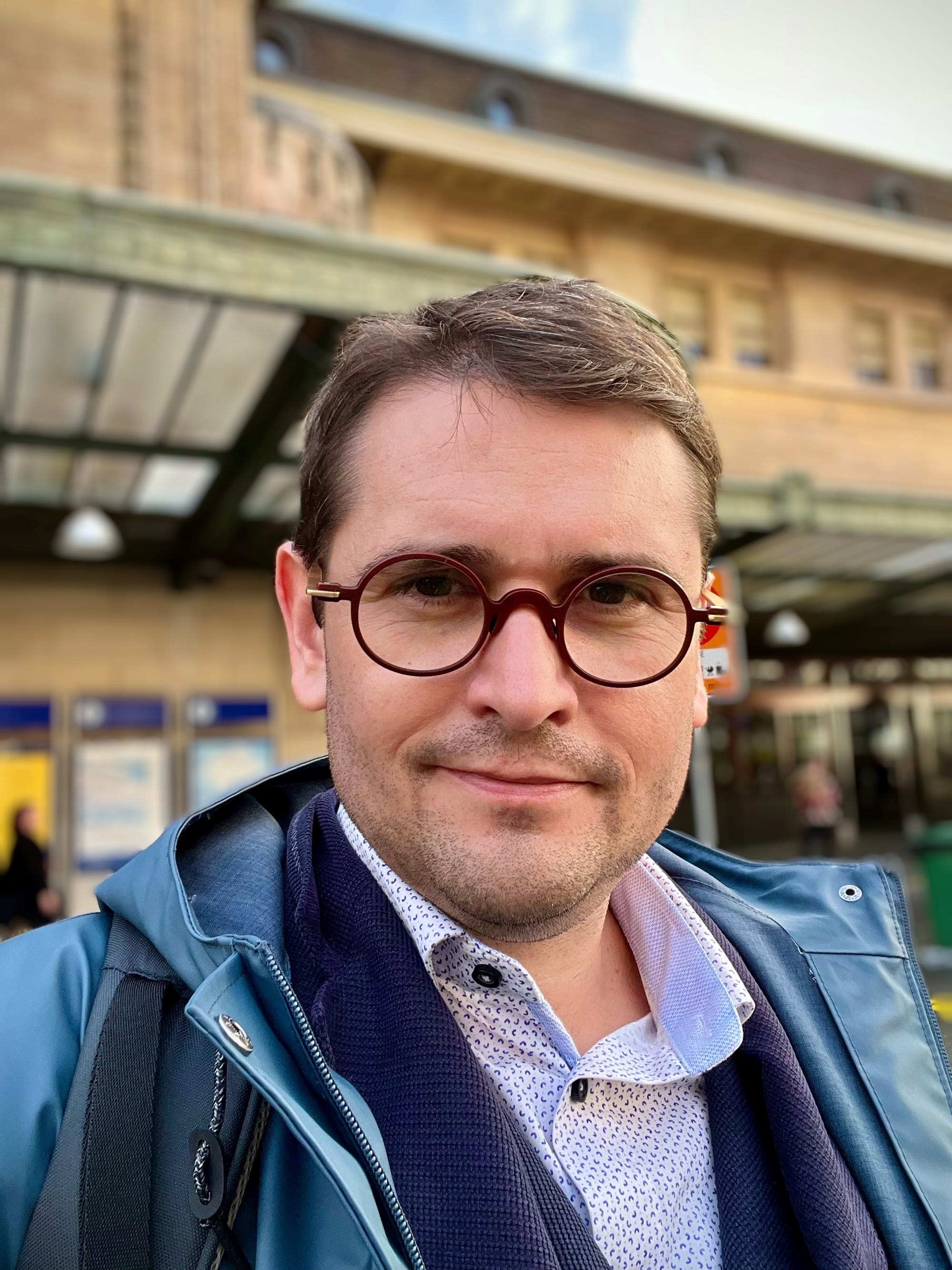


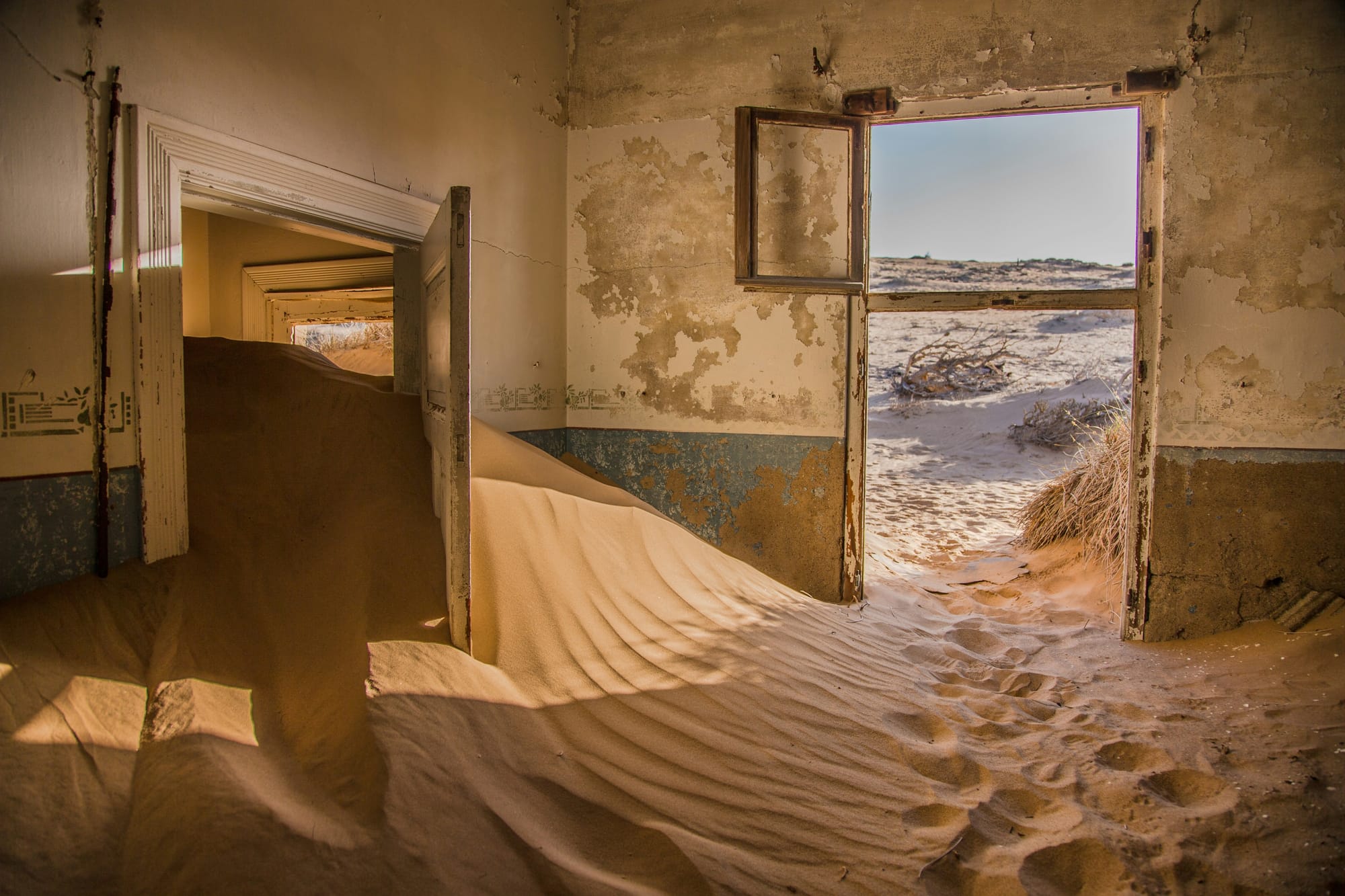
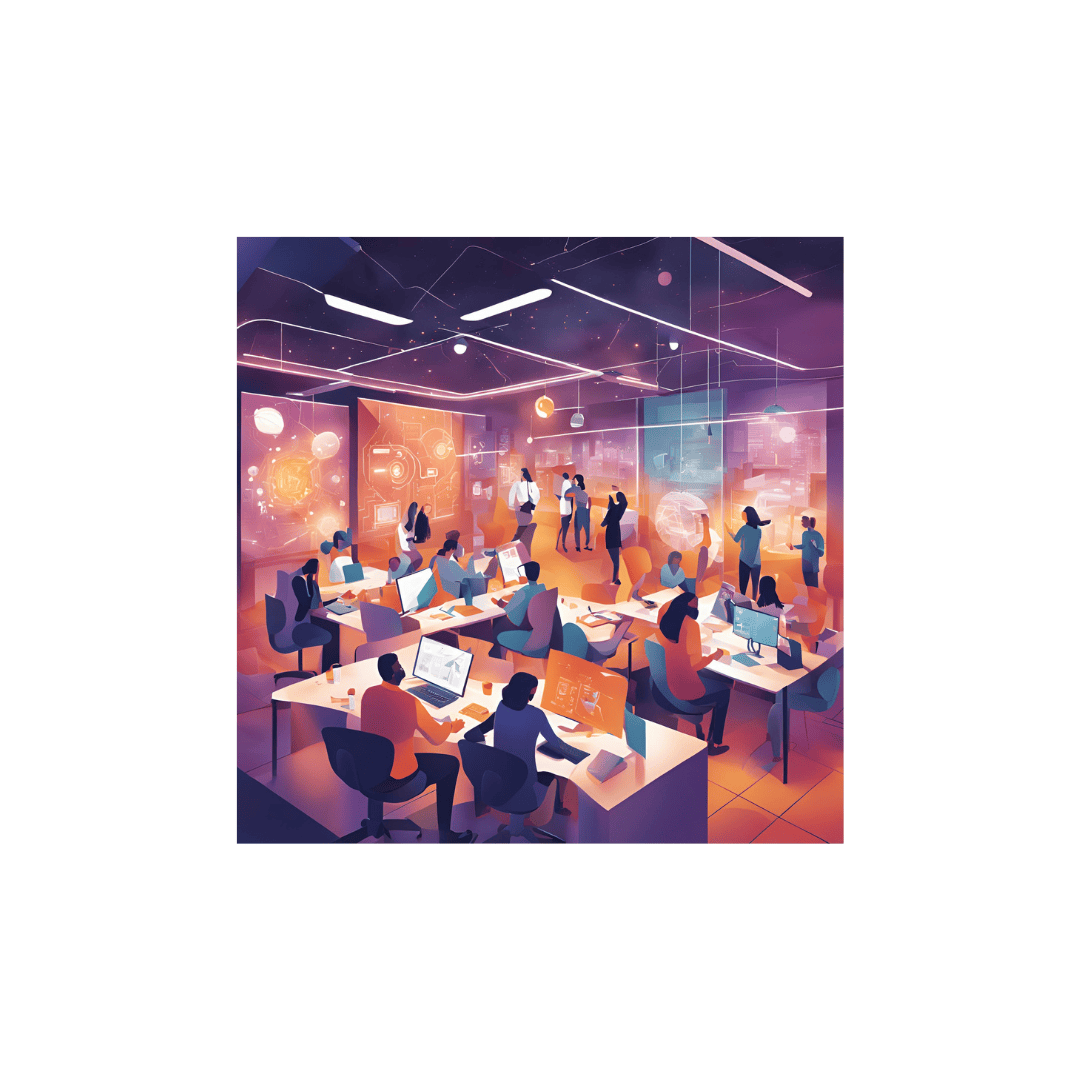


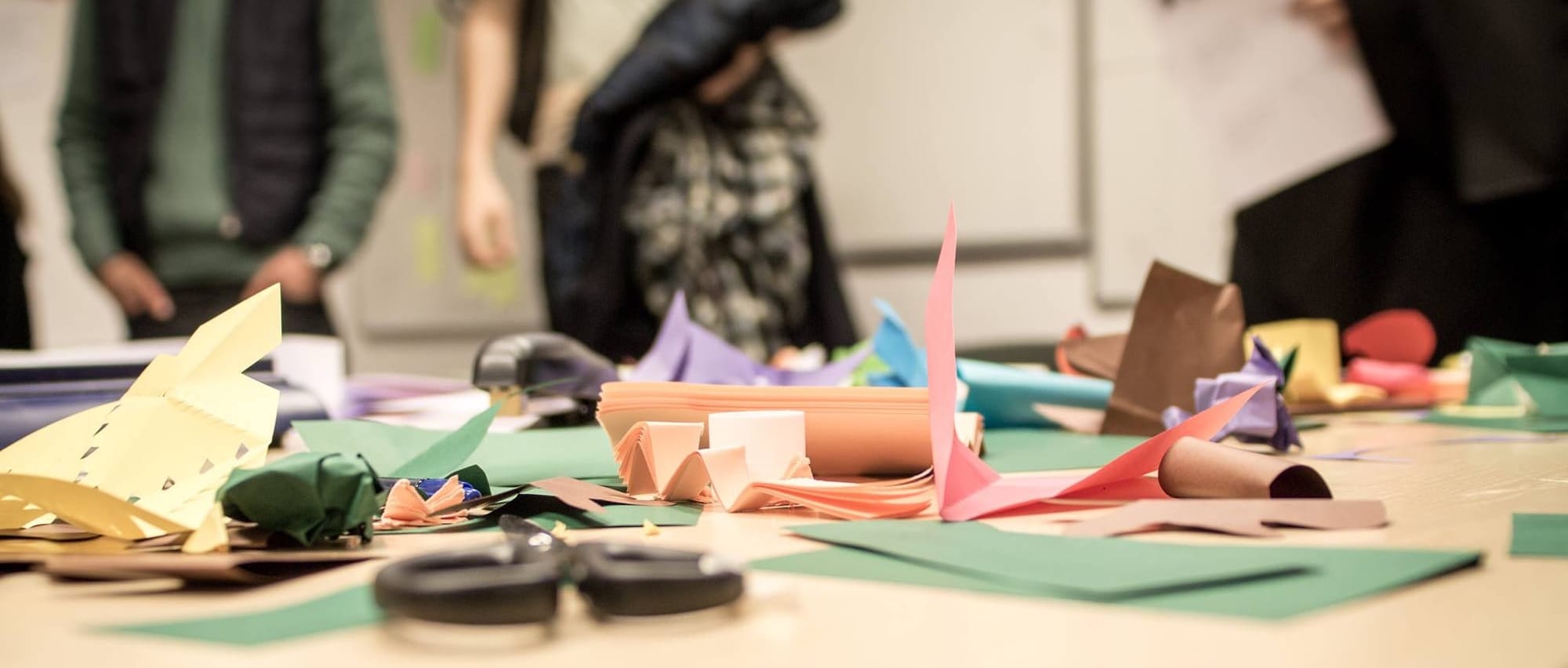
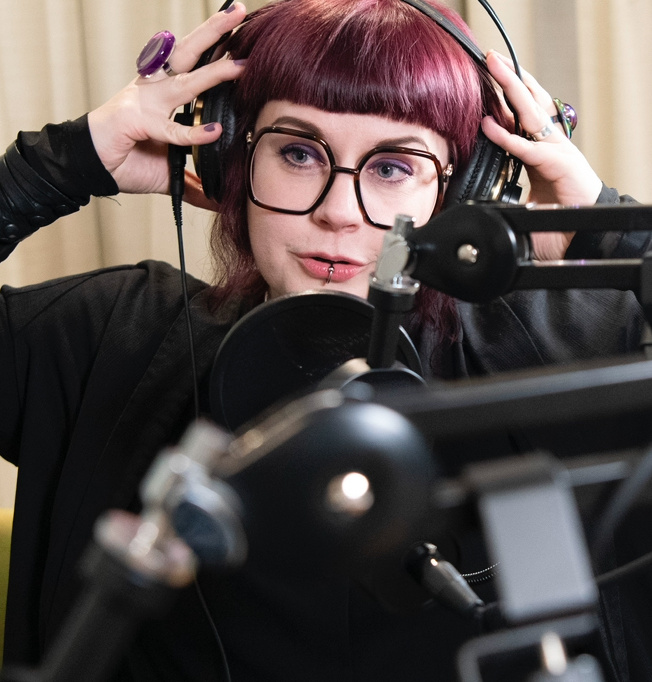

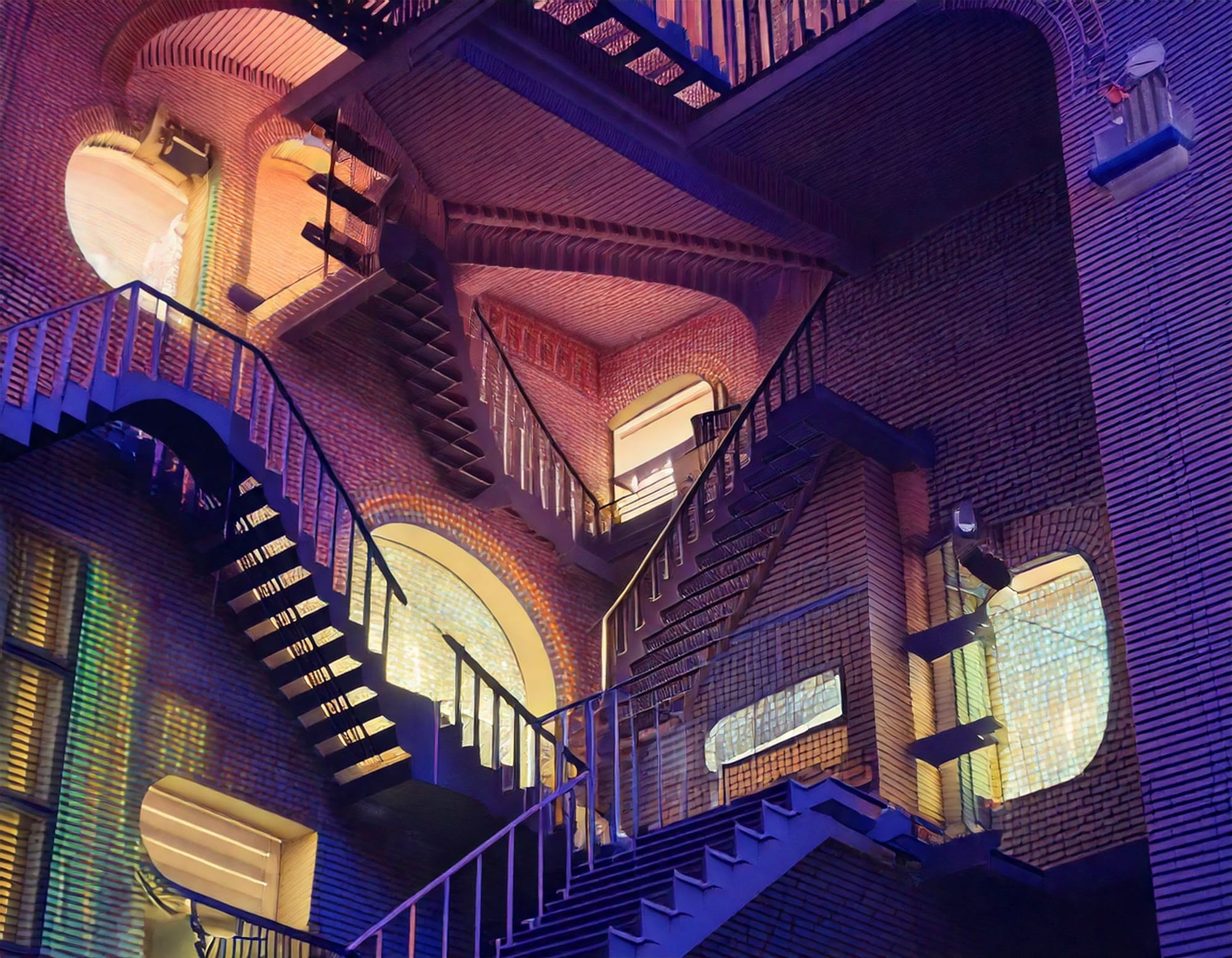
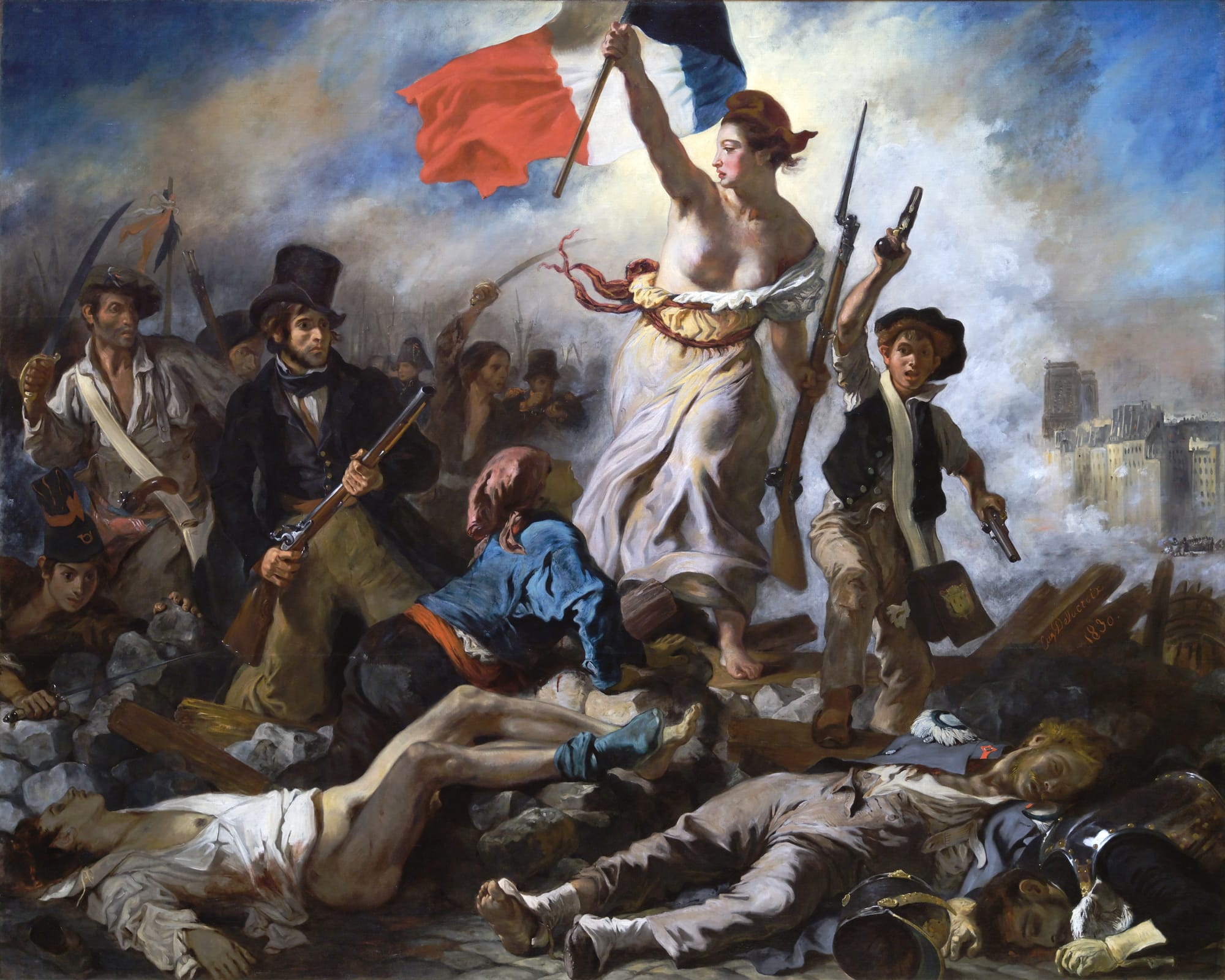
Discussion